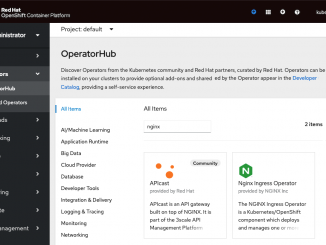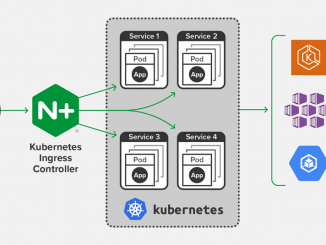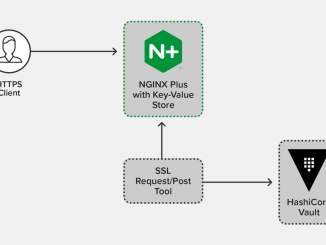
Building Application Stacks With NGINX Unit
Building Application Stacks With NGINX Unit Our customers often ask us how to use NGINX Unit in an already established technology stack of some sort. On its own, NGINX Unit is pretty easy to configure, but the proper way to inject it into a diverse set of tools and services may be less obvious; the same questions apply to the potential benefits for the end customer. This post aims to shed some light on this topic in a rather common use case. The Problem: Complicated App Deployment Workflows An issue that many of our readers have probably encountered is the need to automate procedures for deployment of production environments that involve custom‑built language runtime versions as well as specific libraries, modules, and extensions to suit specific business needs. Usually, this can be achieved with reasonable ad hoc effort, but the difficulty of [ more… ]




